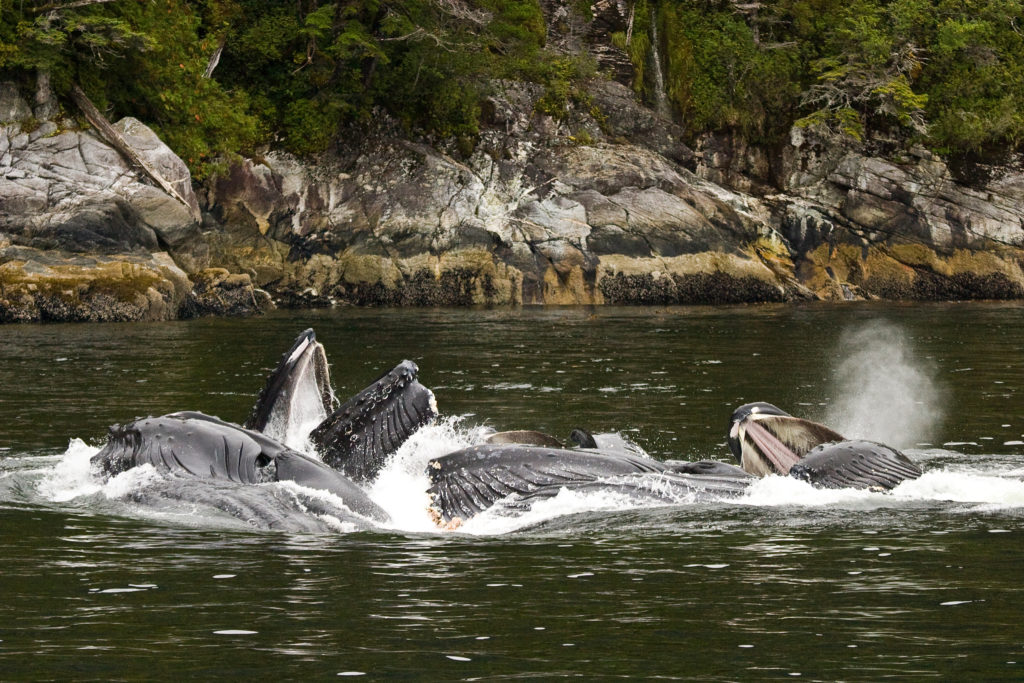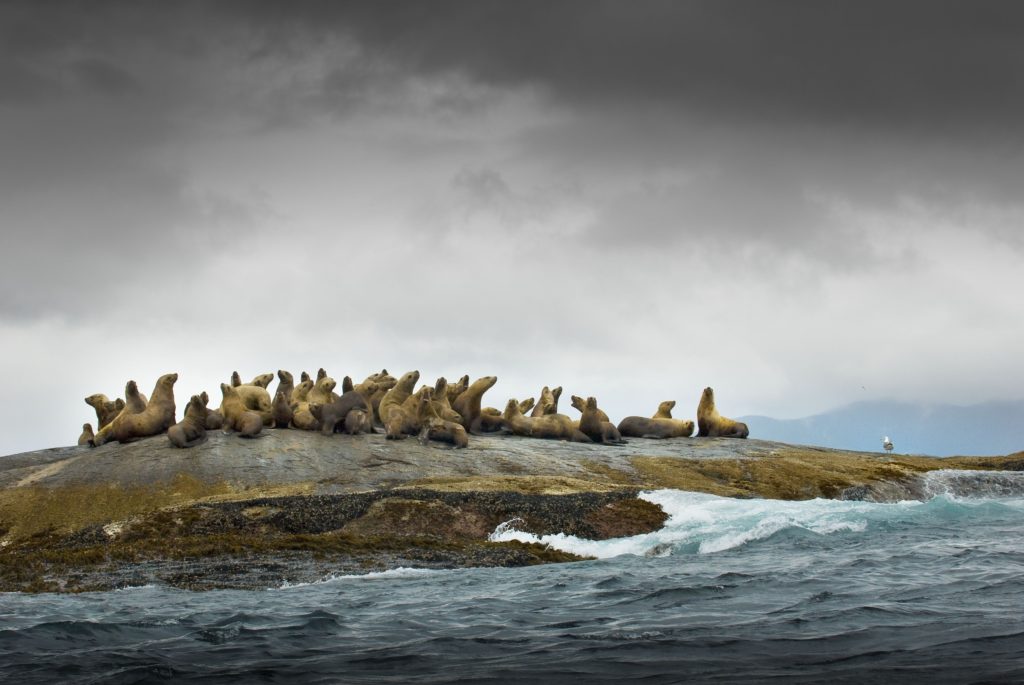Whale of a plan: How you can help protect the Great Bear Sea on B.C.’s north coast
The north coast of B.C., known as the Great Bear Sea, is a place unlike any other on the planet, incomparably rich in ocean life and integral to the people who live, work and play there.
It’s a place where fin whales, humpbacks and orcas swim past deep fjords, rocky islands and glass sponge reefs; where sea birds forage in coastal estuaries, giant kelp beds and along rocky shorelines; and where wolves and the pale spirit bear roam the sea’s neighbouring namesake, the Great Bear Rainforest.

For years now, federal, provincial and First Nations governments have been working together to plan a network of marine protected areas that will protect far more species and habitats while considering the potential impact on people’s lives and livelihoods.
A new draft action plan has just been released for public consultation and while it still has gaps that need to be addressed, it is an important step forward for the people and wildlife of the region.
Here’s where you come in:

Have your say
There are two ways that you can make your voice and concerns heard.
- Complete the Network Action Plans survey.
- Send a quick email with your thoughts to [email protected]. Not sure what to say? See below for some suggested points based on our comments on the draft.
Our recommendations:
Here are some of the points we made in WWF-Canada’s submission to the network action plan draft. You can consider them as you fill in the survey or write your own letter:
- The north coast needs a network of marine protected areas, and we support this plan.
- The plan should be more robust by enacting a strong standard for protection. The minimum standard for the marine protected areas endorsed by Canada requires that there be no oil and gas, no mining, no dumping and no bottom trawling in marine protected areas.
- Current science dictates that at least 30 per cent of the region should be covered by strongly protected marine protected areas.
- All places identified as having high ecological, social and cultural value should be included in the MPA network. That includes areas that are currently missing from the plan including the Skeena estuary, Chatham sound and north Vancouver Island.
- The MPA network should be implemented swiftly and be sufficiently resourced to develop implementation and management plans.
- The proposed sites should receive immediate protection as site level planning and discussions proceed and permanent protection measures are formalized.
- Impacts from activities that have not been accounted for — such as discharges and spills, underwater noise, physical disturbances from vessels and anchorages, navigation, and navy sonar — be effectively managed in the proposed marine protected areas.
Public consultations are open until November 25. Please speak up for the region and its threatened biodiversity while we have the chance!

